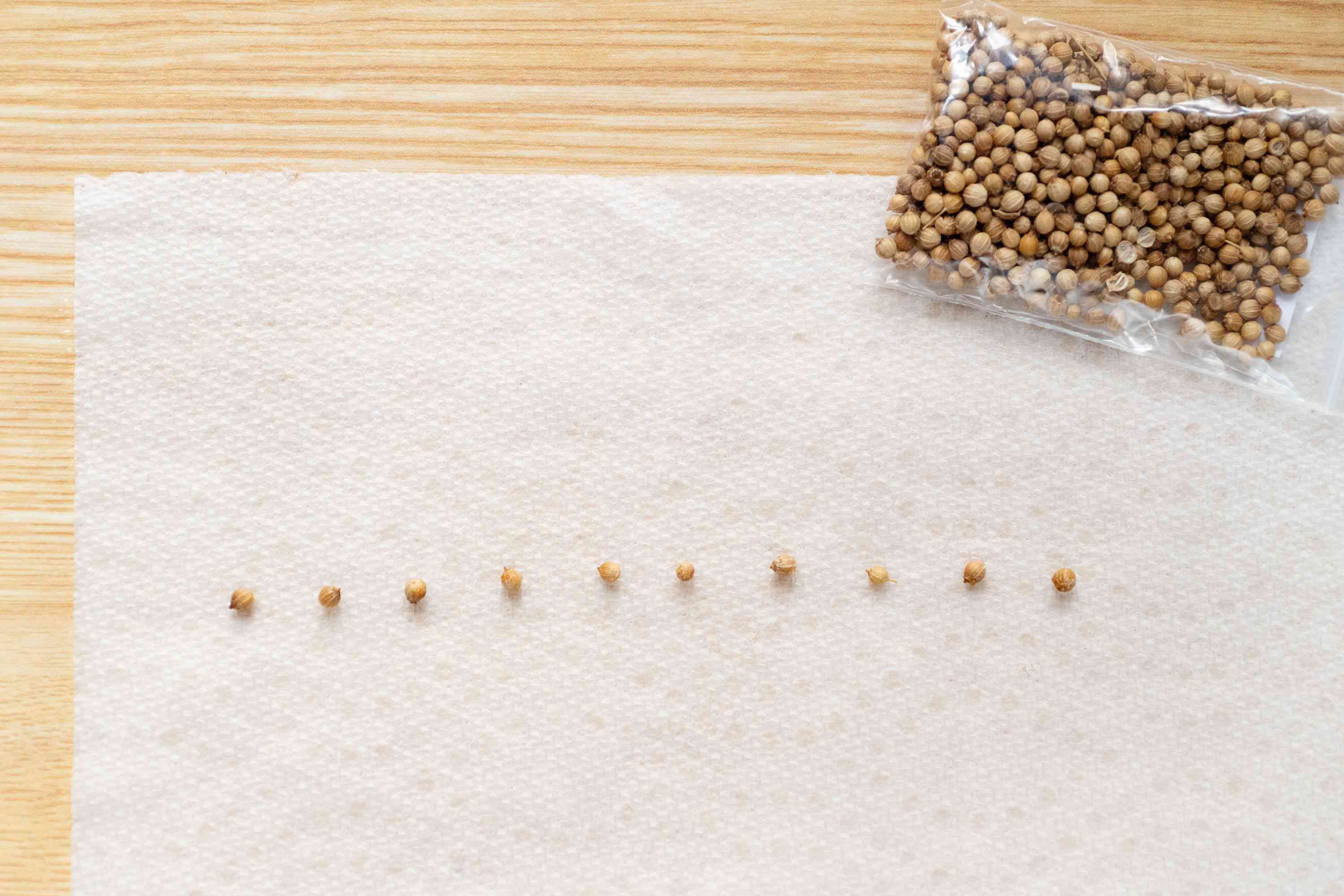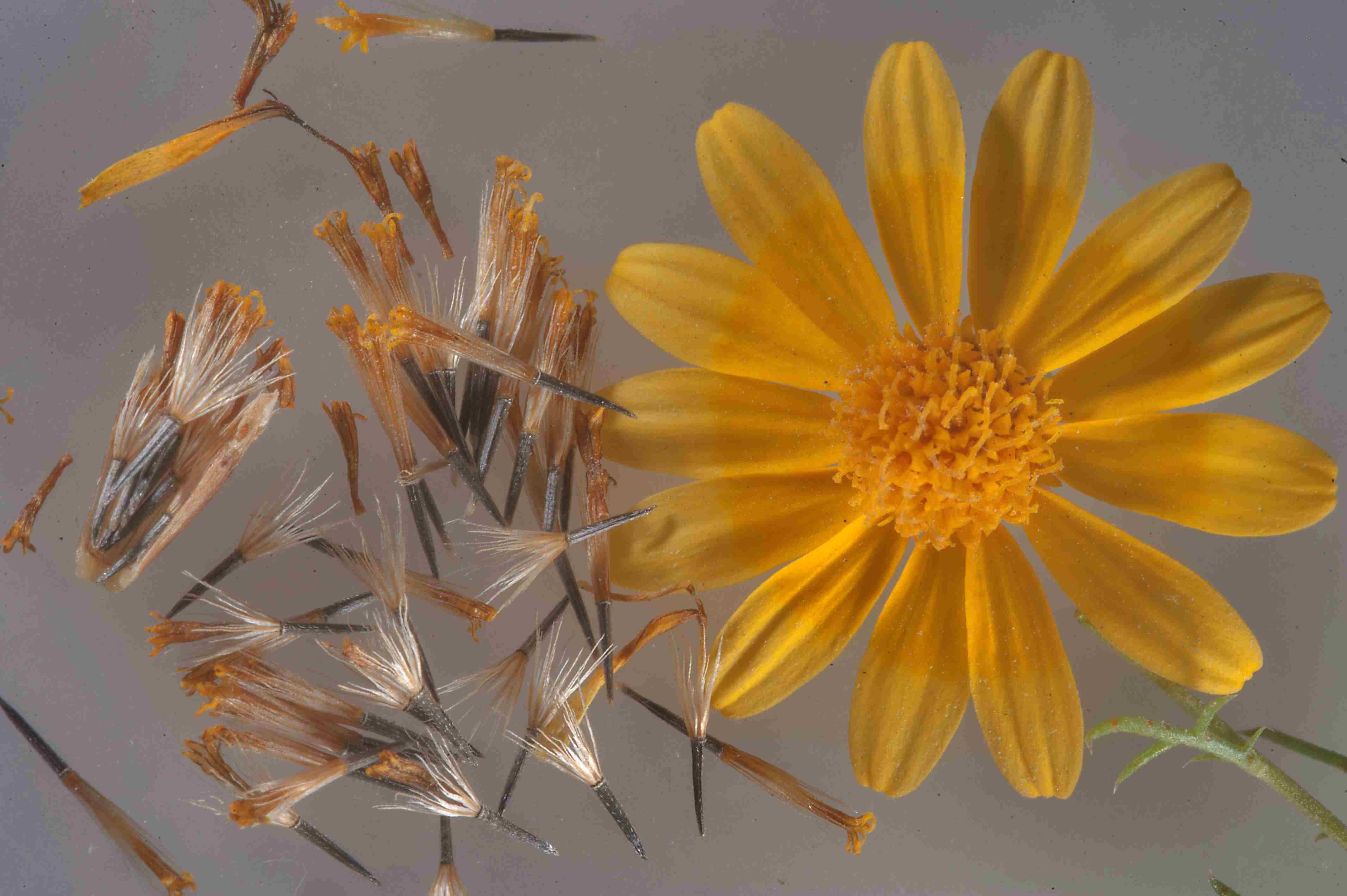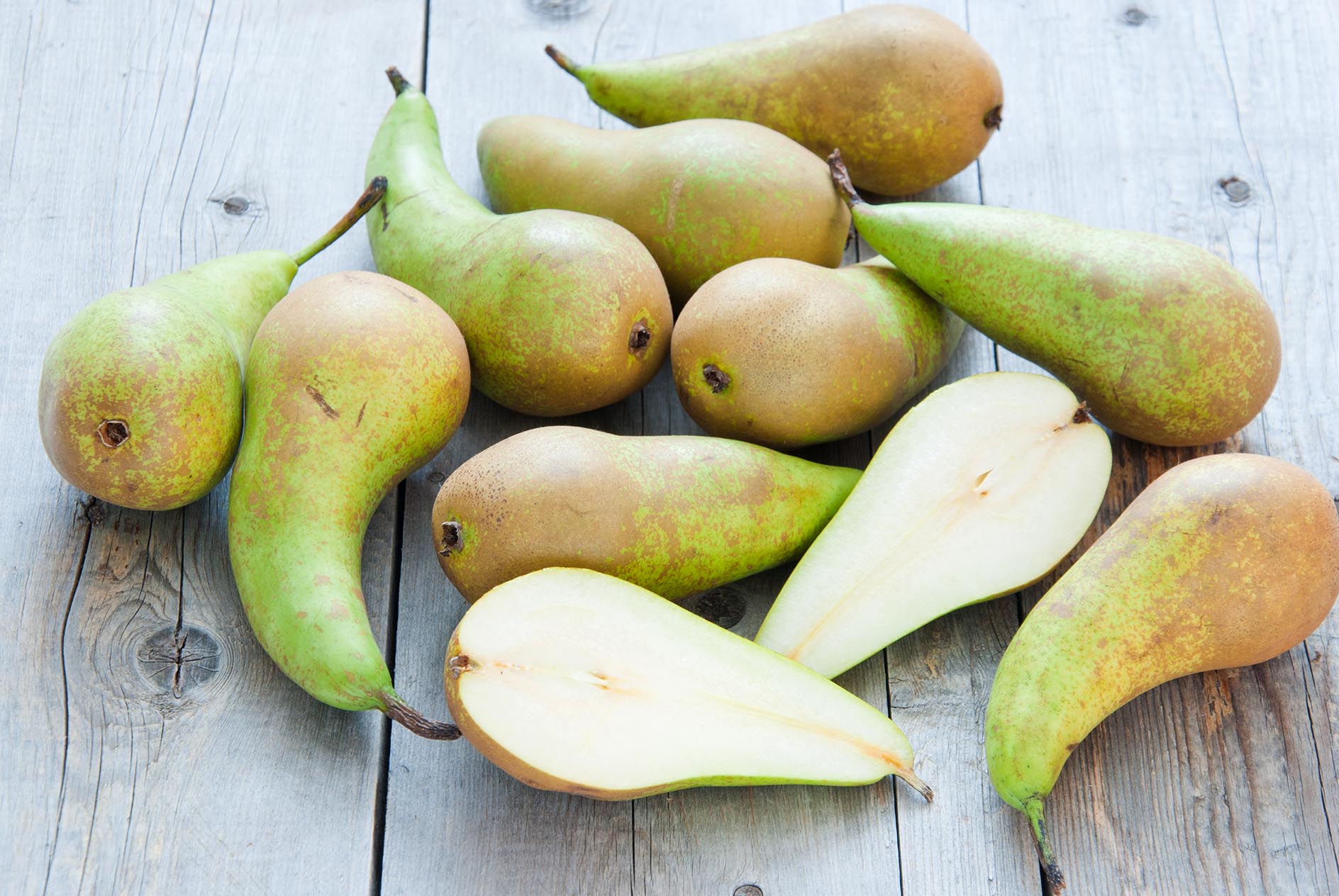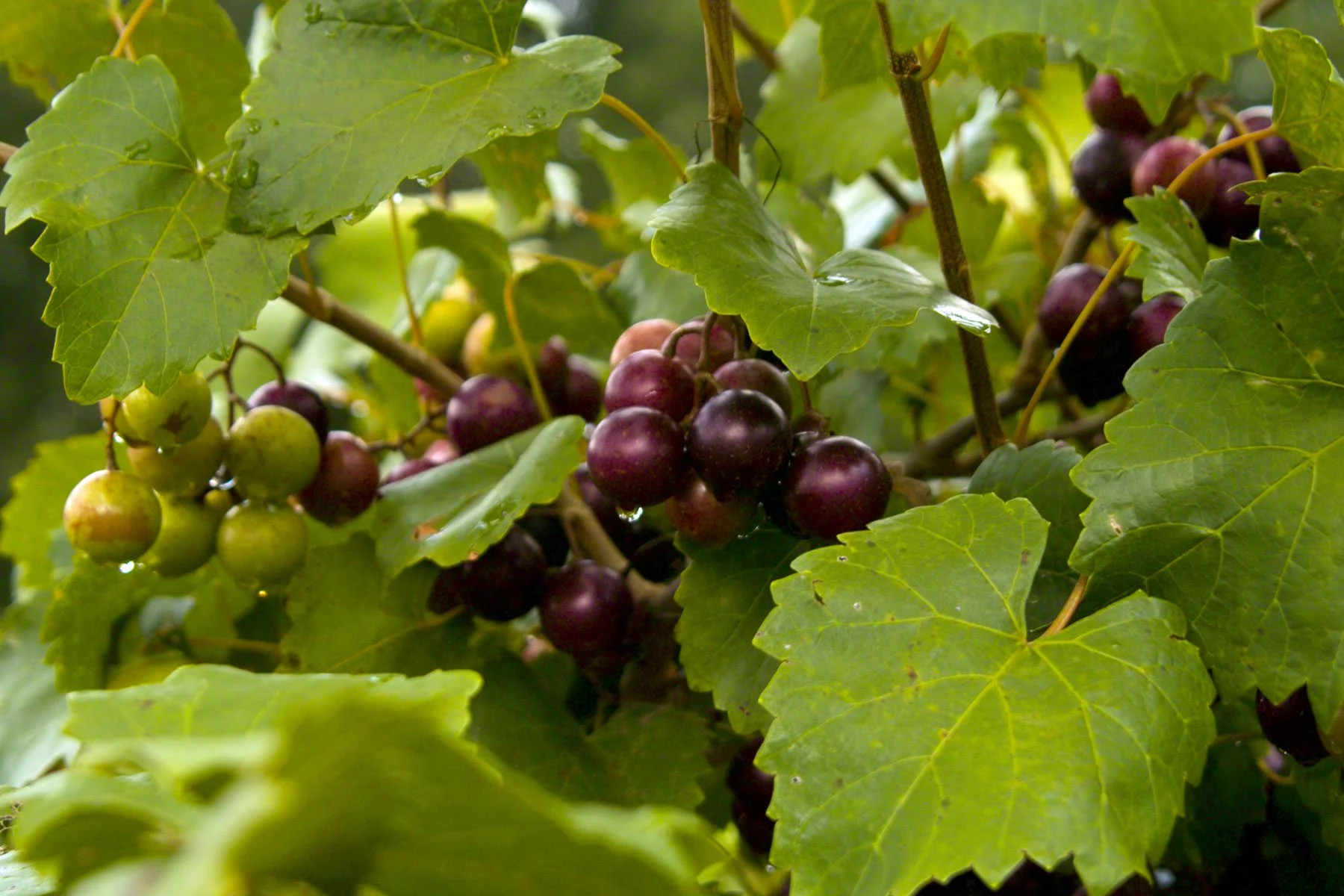Home>Types of Gardening>Edible Gardening>How To Sow Lettuce Seeds
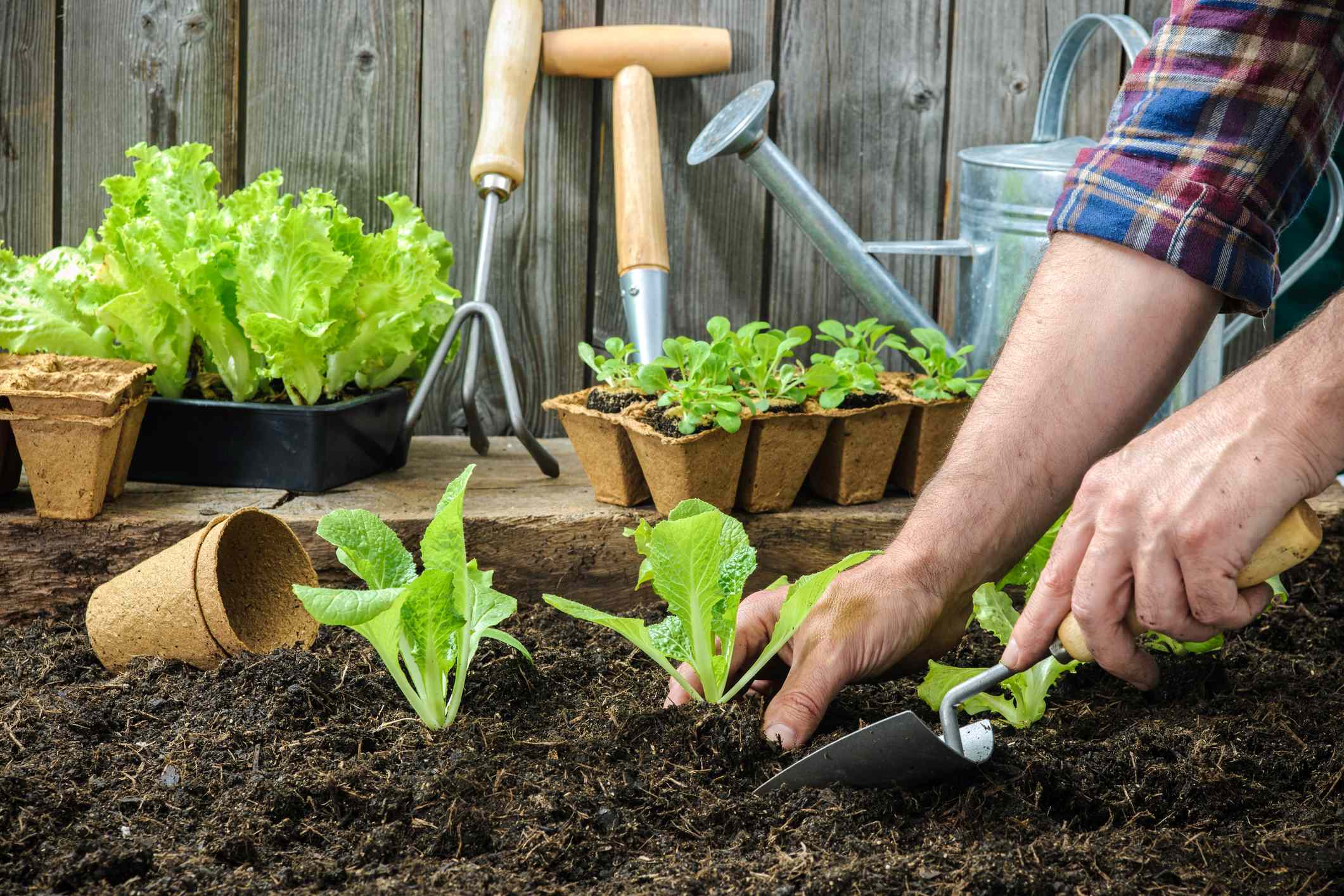

Edible Gardening
How To Sow Lettuce Seeds
Modified: January 22, 2024
Learn how to sow lettuce seeds and start your own edible gardening journey. Discover the step-by-step process and tips for successful lettuce seed sowing.
(Many of the links in this article redirect to a specific reviewed product. Your purchase of these products through affiliate links helps to generate commission for Chicagolandgardening.com, at no extra cost. Learn more)
Table of Contents
Introduction
Welcome to the wonderful world of edible gardening! If you’ve ever fantasized about growing your own fresh, delicious lettuce right in your own backyard, you’re in the right place. Sowing lettuce seeds is a rewarding and fulfilling experience that allows you to not only enjoy the fruits of your labor but also promotes a sustainable and healthy lifestyle.
Lettuce is a versatile and nutritious leafy green that can be used in a variety of dishes, from salads to sandwiches and wraps. It’s packed with vitamins, minerals, and antioxidants that are vital for maintaining a healthy diet. By growing your own lettuce, you have complete control over the growing process, ensuring that no harmful pesticides or chemicals are used.
Whether you’re a seasoned gardener looking to expand your edible garden or a beginner with no prior gardening experience, sowing lettuce seeds is a simple and enjoyable activity that anyone can do. It requires minimal space, making it ideal for urban dwellers or those with limited outdoor areas.
In this comprehensive guide, we’ll walk you through the steps of sowing lettuce seeds, from choosing the right variety to harvesting your fresh, homegrown lettuce. So grab your gardening gloves and let’s get started on this exciting journey!
Choosing the Right Variety
When it comes to growing lettuce, there are numerous varieties to choose from, each with its own unique characteristics and flavors. Selecting the right variety for your edible garden is essential to ensure a successful and bountiful harvest. Here are some factors to consider when choosing the perfect lettuce variety:
- Climate: Take into consideration your local climate and growing conditions. Some lettuce varieties are better suited for cool climates, while others thrive in warmer regions. Make sure to choose a variety that is well-adapted to your specific climate.
- Growth Habit: Lettuce varieties come in different growth habits, such as loose-leaf, romaine, and head. Loose-leaf lettuce varieties are a popular choice for home gardeners as they are easy to grow and provide a continuous harvest throughout the season. Romaine lettuce varieties have crisp, elongated leaves and are perfect for salads and sandwiches. Head lettuce varieties form tight, compact heads and are ideal for those looking to grow lettuce for longer periods and store it.
- Flavor and Texture: Consider your personal preferences when it comes to flavor and texture. Lettuce can range from mild and subtle to bold and flavorful. Some varieties have tender, delicate leaves, while others have a more crisp and crunchy texture.
- Time to Maturity: Different lettuce varieties have varying maturity times. If you’re looking for a quick harvest, opt for lettuce varieties that mature in a shorter timeframe. If you have the patience and space, you can also choose varieties with longer maturation times for a staggered harvest.
Some popular lettuce varieties include:
- Butterhead: Known for its soft leaves and sweet flavor, butterhead lettuce is a favorite among many gardeners. Varieties like Boston and Bibb are excellent choices.
- Green Leaf: This type of lettuce has loose, frilly leaves and a mild flavor. Green leaf varieties such as Salad Bowl and Black-Seeded Simpson are widely grown.
- Romaine: Romaine lettuce, with its elongated, sturdy leaves, is perfect for Caesar salads and wraps. Popular varieties include Parris Island and Little Gem.
- Iceberg: Iceberg lettuce is known for its crisp texture and mild flavor. Varieties like Great Lakes and Crisphead are commonly grown.
Ultimately, the choice of lettuce variety depends on your personal preferences and growing conditions. Experiment with different varieties to discover your favorites and enjoy a diverse selection of homegrown lettuce throughout the season.
Preparing the Soil
A successful lettuce crop starts with properly prepared soil. Lettuce thrives in loose, well-draining soil that is rich in organic matter. Here are the steps to prepare your soil for sowing lettuce seeds:
- Clear the area: Begin by clearing the planting area of any weeds, rocks, or debris. This will provide a clean and suitable space for your lettuce seeds to grow.
- Loosen the soil: Use a garden fork or a tiller to loosen the soil to a depth of about 6 to 8 inches. This will improve drainage and allow the lettuce roots to penetrate easily.
- Amend the soil: Incorporate organic matter into the soil to enrich its fertility and improve its structure. You can add well-rotted compost, aged manure, or leaf mold to provide essential nutrients for the lettuce plants.
- Test the soil pH: Use a soil testing kit to determine the pH level of your soil. Lettuce prefers a slightly acidic to neutral pH, ideally between 6.0 and 7.0. If the pH is too high or too low, you can adjust it by adding lime to raise the pH or sulfur to lower it.
- Level and smooth the soil: Rake the soil to level it out and remove any large clumps or debris. This will ensure a uniform planting surface.
- Add organic mulch: Consider adding a layer of organic mulch, such as straw or shredded leaves, to help retain moisture and suppress weed growth. This will also insulate the soil and regulate temperature, promoting optimal lettuce growth.
By properly preparing the soil, you create a favorable environment for lettuce seed germination and subsequent plant growth. The organic matter improves soil fertility and structure, while the addition of mulch helps maintain adequate moisture levels. These steps ensure that your lettuce plants will have the nutrients they need to thrive and produce a bountiful harvest.
Sowing the Lettuce Seeds
Now that you have prepared the soil, it’s time to sow your lettuce seeds. Sowing lettuce seeds is a straightforward process, but it requires attention to detail to ensure proper germination and growth. Here’s how you can sow your lettuce seeds:
- Choose the right time: Lettuce is a cool-season crop that prefers mild temperatures. Sow your lettuce seeds in early spring or late summer/early fall when the weather is cooler. Avoid sowing during extreme heat, as it can cause the lettuce to bolt or turn bitter.
- Prepare the planting rows: Using a garden rake, create furrows or shallow trenches in the soil. Space the rows about 12 to 18 inches apart to allow sufficient room for the lettuce plants to grow.
- Sow the seeds: Take a pinch of lettuce seeds and sprinkle them evenly along the furrows. Aim for a seed spacing of about 1 to 2 inches. Lightly press the seeds into the soil, ensuring good seed-to-soil contact.
- Cover the seeds: Gently cover the seeds with a thin layer of fine soil or vermiculite. The layer should be no deeper than ¼ inch. This will help protect the seeds and provide the darkness they need to germinate.
- Water the seeds: Thoroughly water the planting area, ensuring that the soil is evenly moist. Avoid overwatering, as it can cause the seeds to rot. Keep the soil consistently moist until the seeds germinate.
- Thin the seedlings: Once the seedlings emerge and grow to about 1 to 2 inches tall, thin them out to allow proper spacing. Space the lettuce plants 6 to 12 inches apart, depending on the variety. This will give them room to grow and prevent overcrowding.
- Provide sun and shade: Lettuce prefers partial sun to grow well. Make sure your planting area receives at least 4 to 6 hours of sunlight per day. However, in hot climates, providing some shade during the hottest part of the day can help prevent wilting and bolting.
By following these steps, you can ensure that your lettuce seeds have optimal conditions for germination and growth. With proper care and maintenance, your lettuce seedlings will thrive and soon provide you with an abundance of fresh, homegrown lettuce.
Watering and Care
Proper watering and care are crucial for the successful growth and development of your lettuce plants. Lettuce requires consistent moisture to grow well, but it is also important not to overwater. Here are some guidelines to follow when watering and caring for your lettuce plants:
- Watering: Lettuce plants need regular watering to keep the soil consistently moist. Water deeply, ensuring that the roots receive enough moisture. Avoid overhead watering, as it can lead to fungal diseases. Instead, use a drip irrigation system or water directly at the base of the plants.
- Monitoring soil moisture: Check the soil moisture regularly by inserting your finger about an inch into the soil. If it feels dry, it’s time to water. Aim for a balance between not letting the soil dry out completely and avoiding waterlogged conditions.
- Mulching: Apply a layer of organic mulch around the lettuce plants, leaving a small gap around the stem to prevent rot. Mulching helps retain moisture, suppress weeds, and regulate soil temperature. It also prevents splashing of soil onto the leaves, reducing the risk of disease.
- Fertilizing: Lettuce is a relatively fast-growing plant, and regular fertilization is important to provide it with the necessary nutrients. Use a balanced organic fertilizer or compost tea every three to four weeks to promote healthy growth. Avoid overfertilization, as it can lead to excessive leaf growth and poor flavor.
- Weed control: Keep the planting area free from weeds, as they compete with lettuce for nutrients and water. Regularly remove weeds by hand or use a shallow hoe to prevent damaging the lettuce roots. Mulching can also help suppress weed growth.
- Pest management: Monitor your lettuce plants for any signs of pests such as aphids, slugs, or caterpillars. Use organic pest control methods like handpicking, introducing beneficial insects, or using natural pest repellents to keep the pests under control. Early intervention is key to preventing severe damage.
- Harvesting: Harvest the outer leaves of the lettuce plants when they reach a suitable size. This allows the inner leaves to continue growing. Use a sharp pair of scissors or garden shears to cut the leaves just above the base of the plant. Harvesting in the morning when the leaves are crisp and cool is preferable.
By providing consistent moisture, proper fertilization, and appropriate care, you can ensure that your lettuce plants stay healthy and productive throughout their growth cycle. Regular monitoring and prompt action against pests and diseases will help maintain a thriving lettuce crop.
Harvesting and Storing
Harvesting your homegrown lettuce is an exciting moment as you get to enjoy the fruits of your labor. Lettuce is a quick-growing crop, and knowing the right time to harvest ensures the best taste and texture. Here are some guidelines for harvesting and storing your lettuce:
- Check for maturity: Lettuce leaves should be full-sized and firm before harvesting. Check the recommended maturity time for the specific lettuce variety you planted. Make sure the leaves are crisp and have reached the desired size.
- Harvest individual leaves: For leaf lettuce varieties, you can harvest individual leaves as needed. Start by removing the outermost leaves, leaving the inner leaves to continue growing. Use a sharp pair of scissors or garden shears to cut the leaves just above the base of the plant.
- Harvest the whole head: If you are growing head lettuce, wait until the head feels fully formed and firm. Gently grasp the head with one hand and the base of the plant with the other. Give the lettuce a quick twist or cut it at the base to harvest the entire head.
- Wash and dry: After harvesting, it’s important to wash the lettuce to remove any dirt or debris. Fill a bowl or sink with cold water and gently swish the lettuce leaves to clean them. Rinse and shake off excess water. Lettuce is prone to wilting, so make sure to dry the leaves gently using a salad spinner or patting them dry with a clean kitchen towel.
- Storage: To extend the shelf life of your harvested lettuce, store it properly. One way is to wrap the cleaned and dried lettuce leaves in paper towels and place them in a resealable plastic bag or airtight container. Store it in the refrigerator’s crisper drawer, where the temperature and humidity are higher than the rest of the refrigerator. This will help keep the lettuce fresh for up to a week.
- Enjoy fresh: Ideally, lettuce is best consumed immediately after harvesting for the ultimate freshness and flavor. Harvest only what you need, when you need it, to experience the crispness and taste of your homegrown lettuce at its peak.
By harvesting your lettuce at the right time and storing it properly, you can enjoy fresh, homegrown lettuce long after it’s been harvested. Remember to remove any damaged or wilted leaves before storing to maintain the quality of the remaining leaves. With these tips, you can savor the fruits of your edible gardening efforts for an extended period.


